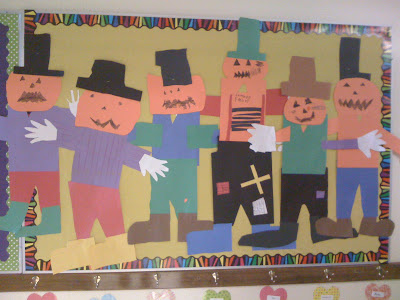





To practice patterns, I like to use color tiles and craft sticks. The students separate each repeating section using a craft stick. I like to have them repeat the core 3 times. This way the pattern has time to develop but doesn't go on forever! In these patterns the students each repeated the pattern twice then rotated to the next chair and repeated their neighbor's pattern the third time. I like to have the students think beyond just color patterns into the positions of the blocks as well. One student even chose to do two patterns at once. After the students add the 3rd repetition, they remove it before rotating around to the next person's desk. We rotate anywhere between 10 to 15 times giving the students lots of practice on a different child created pattern each time. Photos of these patterns will be printed and placed in the pattern work station for the kids to practice again and again. The relevance to their own creations captures their attention and the rigor involved in extending some of their patterns challenges their minds. A great combination! :)















































